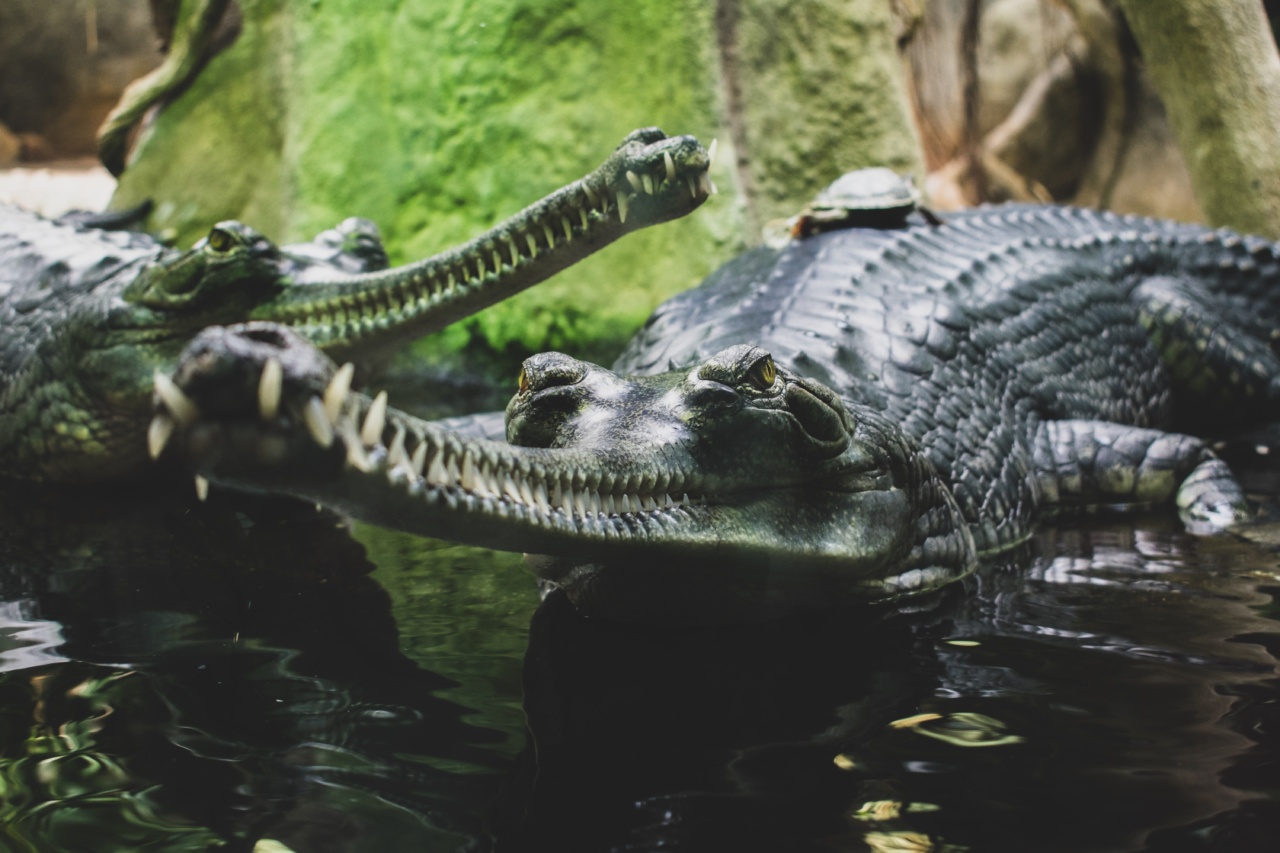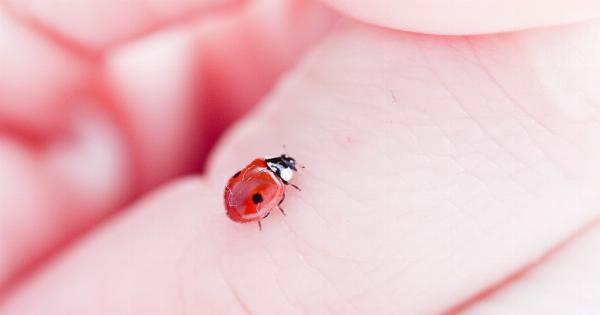Turtles can be precious pets for some people, but they can also pose risks. One of the most dangerous risks related to turtles is the potential transmission of Salmonella. Both wild and captive turtles can carry Salmonella.
In this article, we will explain what Salmonella is, how it can be transmitted to humans, and why turtles are particularly problematic. We will also talk about measures that can be taken to minimize the risks associated with turtles and Salmonella.
What is Salmonella?
Salmonella is a group of bacteria that cause food poisoning. The symptoms of Salmonella infection include diarrhea, stomach cramps, and fever. In most cases, Salmonella infections are mild and can be treated with antibiotics.
However, in some cases, Salmonella infections can be severe and even life-threatening, especially in people with weakened immune systems.
How is Salmonella Transmitted to Humans?
Salmonella is usually transmitted through contaminated food or water. However, it can also be transmitted through contact with infected animals.
When people handle turtles or come into contact with their environments, such as their feces, they can become infected with Salmonella. Salmonella can also be transmitted from person to person through poor hygiene practices.
Why Are Turtles Particularly Problematic?
Turtles are particularly problematic when it comes to Salmonella because they are natural carriers of the bacteria. They have a tendency to shed the bacteria in their feces, which can contaminate their environments, including their water and habitats.
Turtles can also carry Salmonella externally on their shells and skin. Salmonella can survive on surfaces for extended periods, which makes cleaning of turtles’ environments crucial.
Who is at Risk?
Anyone can become infected with Salmonella through contact with turtles.
However, certain groups of people are at higher risk of severe infections, including children under five years old, elderly people, pregnant women, and people with weakened immune systems. These groups should take extra precautions when handling turtles or their environments.
Preventing Salmonella Infections from Turtles
The best way to prevent Salmonella infections from turtles is to follow proper hygiene practices. Here are some guidelines to follow:.
Guideline 1: Wash Your Hands Frequently
Wash your hands thoroughly with soap and water before and after handling turtles or their environments. Make sure to scrub your hands for at least 20 seconds.
Guideline 2: Keep Turtles Away from Food and Drink
Never eat or drink while handling turtles or their environments. Also, do not let turtles roam freely in your home, especially in the kitchen or dining areas.
Guideline 3: Clean and Disinfect Regularly
Clean and disinfect any surfaces that are in contact with turtles or their environments. This includes their habitats, aquariums, and any accessories such as filters or food bowls.
Use soap and water to clean, followed by a disinfectant such as a 10% bleach solution.
Guideline 4: Supervise Children
Supervise children closely when handling turtles. Young children are more likely to put their hands in their mouths after touching a turtle or its environment.
Guideline 5: Choose Healthy Turtles
When choosing a turtle as a pet, make sure to select a healthy one. Look for signs of illness such as lethargy, swollen eyes or nasal discharge. Sick turtles are more likely to shed Salmonella.
Conclusion
Turtles are commonly kept as pets, but they can pose risks to human health. Salmonella is a bacteria that turtles can carry and can cause serious infections.
It is important to follow proper hygiene practices to minimize the risks associated with turtles and Salmonella. By washing your hands frequently, keeping turtles away from food and drink, cleaning and disinfecting regularly, supervising children, and choosing healthy turtles, you can keep yourself and your family safe.































